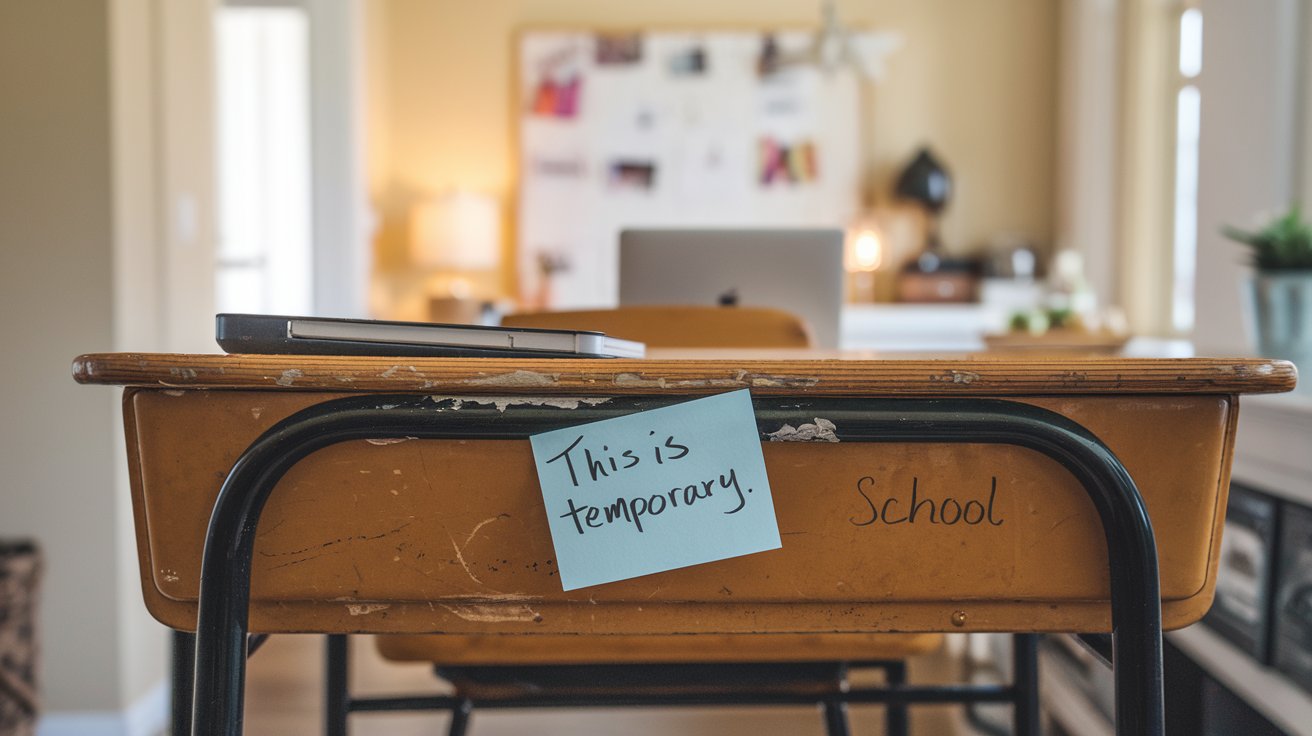Your cart is currently empty!

How to Set Boundaries for Teacher Well-Being: Saying No with Confidence
Setting boundaries and saying no to excessive workload demands is not a sign of weakness. As a teacher, it shows self-respect, care for your students and subjects, and protects you against stress and burnout. Saying no empowers you while increasing your job satisfaction.
Setting Teacher Boundaries
Setting boundaries for teachers and saying no to work demands may seem daunting to some but it is totally doable. I did it and still do to this day.
In this day and age, it is vital that teachers establish effective boundaries to protect their energy, protect their passion for teaching, take control of their time and professional responsibilities and to prevent burnout.
Teacher self-care through setting boundaries sends a clear message that you value your mental health, you also demonstrate your expertise in the profession and you give yourself a much more manageable workload.
This blogpost explores why saying no is a key aspect of boundary-setting. It delves into teacher self-care through setting boundaries.
There are two types of boundary setting:
-
- Personal boundaries – setting limits with communication, interactions and availability.
- Professional boundaries – separating work life from personal life eg work hours, prioritizing self care

The Power of Saying No
What happens if I do set boundaries as a teacher
If your mental health is important to you and you need to practice self-care then setting boundaries is one of the most fundamental strategies to implement into your teaching career.
Saying no can be very empowering for teachers.
If you set professional and personal boundaries you demonstrate your commitment to high-quality teaching, you can help shift workplace norms and advocate for better teaching conditions.
If you actively refuse to accept being overworked you may just be able to maintain your desire for a rewarding teaching career.

The Impact of Overcommitment
What happens if I don’t set boundaries as a teacher
If you overcommit to the pressures of teaching, stress, overwhelm and essentially teacher burnout will result over time.
If we as teachers don’t practice setting workplace boundaries and saying no, our profession of teaching students will get a bad reputation as a rewarding career. And could mean less graduate teachers entering the teaching profession.
It could also result in teachers on stress leave or quitting altogether.
On top of all this the students suffer. They may go through extended periods with no teacher for certain subjects or they may have to constantly adjust to new teachers all of which can be very detrimental on their development.

Strategies for Setting Boundaries
If you are ever in a position that you need to prove your overworked self, it is important to be prepared.
Here are 5 strategies to help you find the courage to say no:
1. Gather evidence. This could be something you already have ready to present to state your case such as your teacher diary whether that be a hardcopy or electronic planner. This will hold your lesson planning as well as to-do lists that you work through every day
2. Demonstrate that by saying no to extra meaningless tasks allows you to focus on the students more. And also yourself, explain that you do not want to burn out as a teacher as you are worried you will not be able to offer the quality teaching your students deserve.
3. Be clear and direct and use the word “I”. Start your statements with “When I have all this work to do, I feel…” Be sure to use clear language. Stay consistent in saying no to make your boundaries clear.
4. Be professional and polite to maintain your integrity.
5. Practice ways of saying no
Statements you could use:
- I am unable to complete this task as I need to ensure I have enough time and energy to dedicate to preparing my lessons and teaching my students
- To maintain the high standard that is expected of me I cannot complete this extra work you have asked me to do
- I cannot commit to any extra work tasks right now as I need to prioritize my current duties and support my students
- I must be mindful of my wellbeing and decline any additional work right now
- I respect the importance of each professional learning opportunity but at this time I need to focus on my existing commitments in the best interest of my students.
- By spreading myself too thin I am unable to provide for my students, myself and my family.
- I don’t have the mental capacity to add to my already busy workload at this point in time.
- I am an apology to attend to this right now as I must ensure I can dedicate the necessary time and attention to my current workload.
In this list there will hopefully be one statement that resonates with you and the situation you find yourself in. If you need to write an email, you might like to choose one of these to include.
If you need to meet with leadership in person to discuss a matter such as this, then write down what you want to say and don’t be afraid to read it out in order to say it correctly. Taking a trusted colleague with you is also a good idea.
It is imperative that you have strategies to effectively set and communicate your boundaries so you can prioritize and balance your strenuous teacher workload.
In conclusion…
Teachers are struggling. But setting boundaries and saying no to the excessive teacher workload demands placed on teachers is not a sign of weakness.
Teacher self-care through setting boundaries shows you have self-respect and care for both yourself and the students and subjects you teach.
Clear work-life boundaries provide teachers with a protective shield against stress and burnout. They provide a real feeling of empowerment and can increase job satisfaction.
And the most important part of establishing effective boundaries is saying no so as to allow teachers to focus on the needs of their students while also taking care of themselves.
Kimberley




